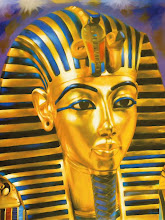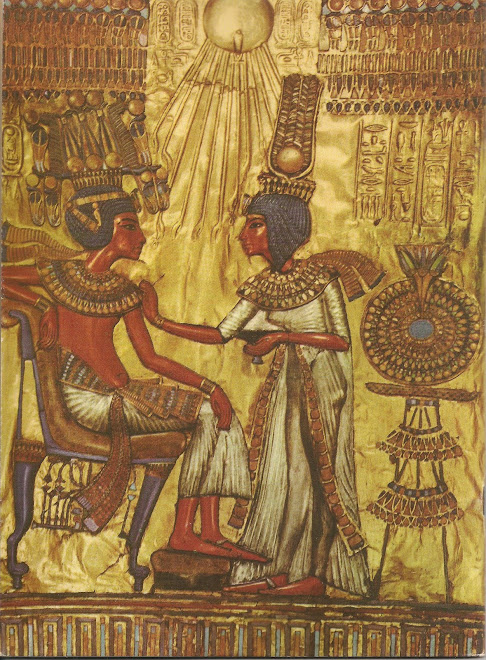quarta-feira, 9 de junho de 2010
Thoth
Thoth[1] was considered one of the more important deities of the Egyptian pantheon. In art, he was often depicted as a man with the head of an ibis or a baboon; these animals were sacred to him. His feminine counterpart was Seshat.[2] His chief shrine was located in the city of Khmun,[3] later renamed Hermopolis Magna during the Greco-Roman era[4] (in reference to him through the Greeks' interpretation that he was the same as their god Hermes) and Eshmûnên in the Coptic rendering. In that city, he led the local pantheon of the region known as the Ogdoad, and its eight principal deities. He also had numerous shrines within the cities of Abydos, Hesert, Urit, Per-Ab, Rekhui, Ta-ur, Sep, Hat, Pselket, Talmsis, Antcha-Mutet, Bah, Amen-heri-ab, and Ta-kens.[5]
He was often considered as the heart, which, according to the ancient Egyptians, is the seat of intelligence or the mind, and tongue of the sun god Ra; as well as the means by which Ra's will was translated into speech.[6] He had also been related to the Logos of Plato[6] and the mind of God[7] (see The All). In the Egyptian mythology, he has played many vital and prominent roles in maintaining the universe, including being one of the two deities (the other being Ma'at, who was also his wife) who stood on either side of Ra's boat.[8] Later in ancient Egyptian history, Thoth became heavily associated with the arbitration of godly disputes,[9] the arts of magic, the system of writing, the development of science,[10] and the judgment of the dead.[11]
( extract source - http://en.wikipedia.org/wiki/Thoth )
Subscrever:
Enviar feedback (Atom)


.jpg)
.jpg)
















+001.jpg)




+001.jpg)



+001.jpg)





+001.jpg)

+001.jpg)

+001.jpg)
+001.jpg)
+001.jpg)
.jpg)



Sem comentários:
Enviar um comentário
Nota: só um membro deste blogue pode publicar um comentário.